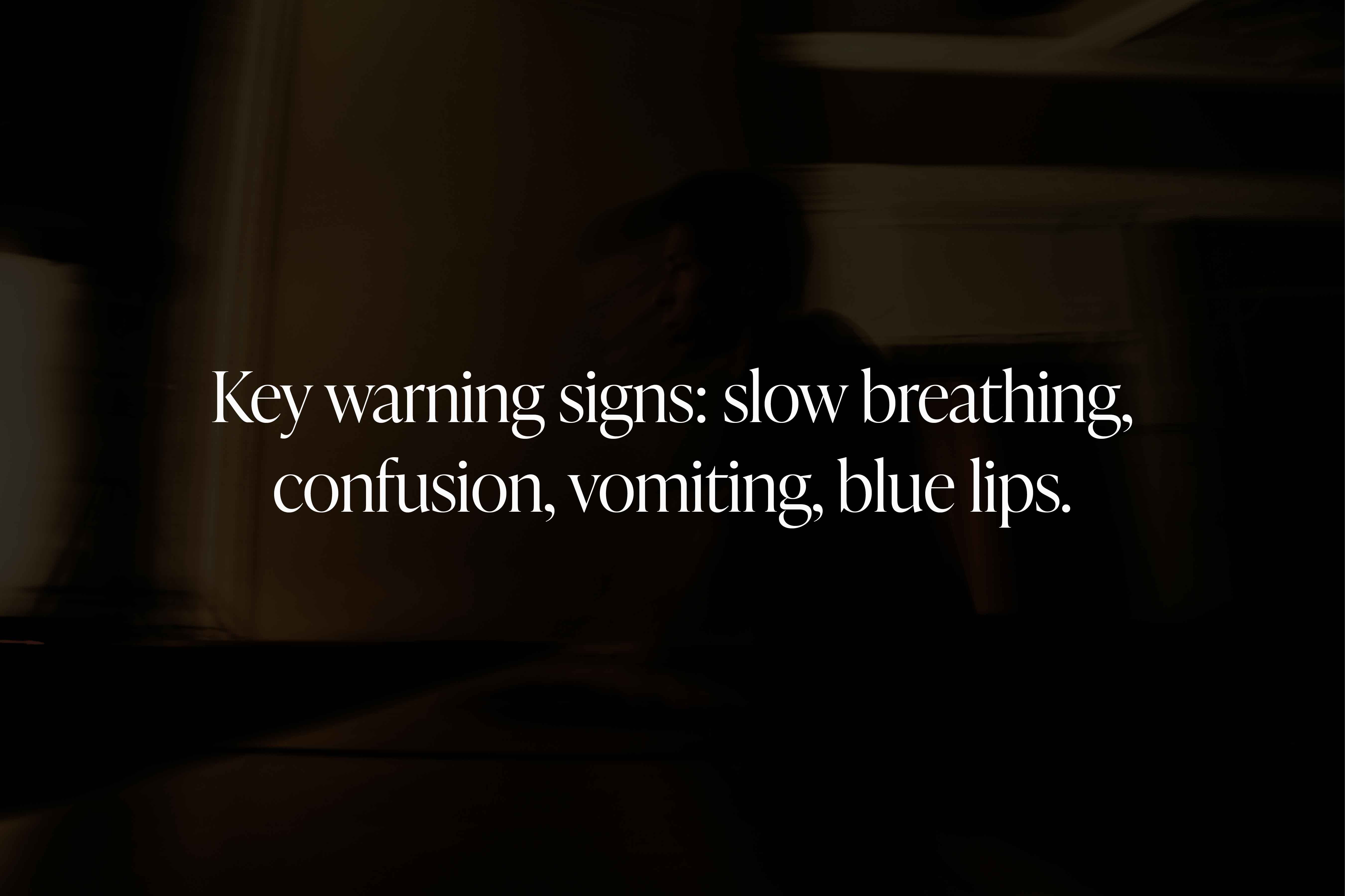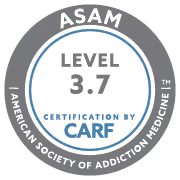Table of Contents
Alcohol Poisoning Is a Medical Emergency
Alcohol poisoning occurs when someone consumes a toxic amount of alcohol, usually over a short period. This condition depresses the central nervous system to a life-threatening degree, impairing basic functions like breathing, heart rate, and body temperature regulation. It can result in coma or death if not treated immediately. Recognizing the signs of alcohol poisoning and responding quickly can save lives.

What Causes Alcohol Poisoning?
Alcohol poisoning typically results from binge drinking—defined as consuming enough alcohol in about 2 hours to raise blood alcohol concentration (BAC) to 0.08% or higher. This usually means:
- 5 or more drinks for men
- 4 or more drinks for women
As alcohol continues to absorb into the bloodstream after the last drink, BAC can keep rising even when the person stops drinking or passes out. The liver processes about one standard drink per hour. Drinking faster than this overwhelms the body’s ability to metabolize alcohol, leading to toxicity.
Critical Warning Signs of Alcohol Poisoning
Recognizing the signs early is essential. The most dangerous symptoms include:
- Unconsciousness or inability to wake up
- Vomiting while unconscious
- Slow breathing (fewer than 8 breaths per minute)
- Irregular breathing (gaps of 10 seconds or more between breaths)
- Seizures
- Hypothermia (low body temperature)
- Bluish or pale skin, especially lips or fingertips
- Confusion or stupor
Any of these symptoms require immediate medical attention. Do not assume the person will “sleep it off.”

What to Do If You Suspect Alcohol Poisoning
Responding quickly and correctly can make the difference between life and death. If you suspect alcohol poisoning:
- Call 911 immediately
- Stay with the person and monitor breathing
- Roll them onto their side to prevent choking if they vomit
- Keep them warm with a blanket
- Do not try to make them vomit
- Do not give them coffee, cold showers, or let them “walk it off”
Never leave an unconscious person alone. Alcohol continues to affect the body even after the last drink is consumed.

Who Is Most at Risk?
Alcohol poisoning can affect anyone who drinks too much, too fast, but certain groups are more vulnerable:
- Young adults and teens experimenting with binge drinking
- Individuals with low body weight
- People taking medications that interact with alcohol
- Inexperienced drinkers who underestimate alcohol content
- People with a history of alcohol use disorder
Mixing alcohol with opioids, benzodiazepines, or sleep medications increases the risk of respiratory arrest and fatal outcomes.
How Is Alcohol Poisoning Treated?
At the hospital, treatment focuses on stabilizing vital functions. Medical interventions may include:
- Oxygen or ventilator support for breathing
- Intravenous fluids for hydration and blood pressure support
- Stomach pumping in severe cases
- Activated charcoal to limit absorption (if ingestion was recent)
- Monitoring for seizures or heart irregularities
Recovery time depends on the amount of alcohol consumed, how quickly care was given, and the individual’s health.
Can Alcohol Poisoning Be Prevented?
Yes. Prevention begins with education and responsible drinking practices:
- Know your limits and pace yourself
- Avoid drinking games or rapid consumption
- Never mix alcohol with other drugs
- Eat before and during drinking
- Always monitor the amount and type of alcohol consumed
Preventing alcohol poisoning also means recognizing problematic patterns. If binge drinking becomes regular or hard to control, it may signal a deeper issue.
If you or someone you know struggles to moderate alcohol use, professional support is available. Visit the Addiction Guidance page from Hollywood Hills Recovery to explore options for assessment and treatment.
Final Thoughts
Alcohol poisoning is a medical emergency that can escalate quickly and unpredictably. Knowing the signs and how to respond can save a life. While occasional drinking may seem harmless, understanding the real risks of excessive alcohol consumption is key to making safer choices—and helping others do the same.












